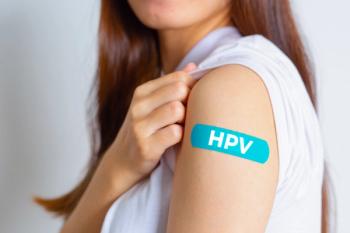
Placental protein level predicts risk of antenatal stillbirth
Women with low levels of pregnancy-associated plasma protein A (PAPP-A) during the first 10 weeks of pregnancy are forty times more likely to have a stillbirth later in pregnancy, according to a multicenter, prospective cohort study conducted in Scotland.
Women with low levels of pregnancy-associated plasma protein A (PAPP-A) during the first 10 weeks of pregnancy are forty times more likely to have a stillbirth later in pregnancy, according to a multicenter, prospective cohort study conducted in Scotland.
The study included almost 8,000 women. Researchers calculated eight stillbirths among 400 women with levels of PAPP-A at or below the fifth percentile compared with 17 among the remaining 7,534 women, for an incidence rate per 10,000 women per week of gestation of 13.4 versus 1.4, respectively (hazard ratio 9.2 [95% CI 4.0-21.4]; P<0.001). The stillbirths associated with low levels of PAPP-A were due to placental dysfunction, defined as abruption or unexplained stillbirth associated with growth restriction; there was no association with other causes of stillbirth.
The researchers found no relationship between low PAPP-A and maternal age, ethnicity, parity, height, body mass index, race, or marital status, nor between another placental protein-free β subunit of human chorionic gonadotropin (hCG)-and the risk of stillbirth.
Newsletter
Get the latest clinical updates, case studies, and expert commentary in obstetric and gynecologic care. Sign up now to stay informed.











